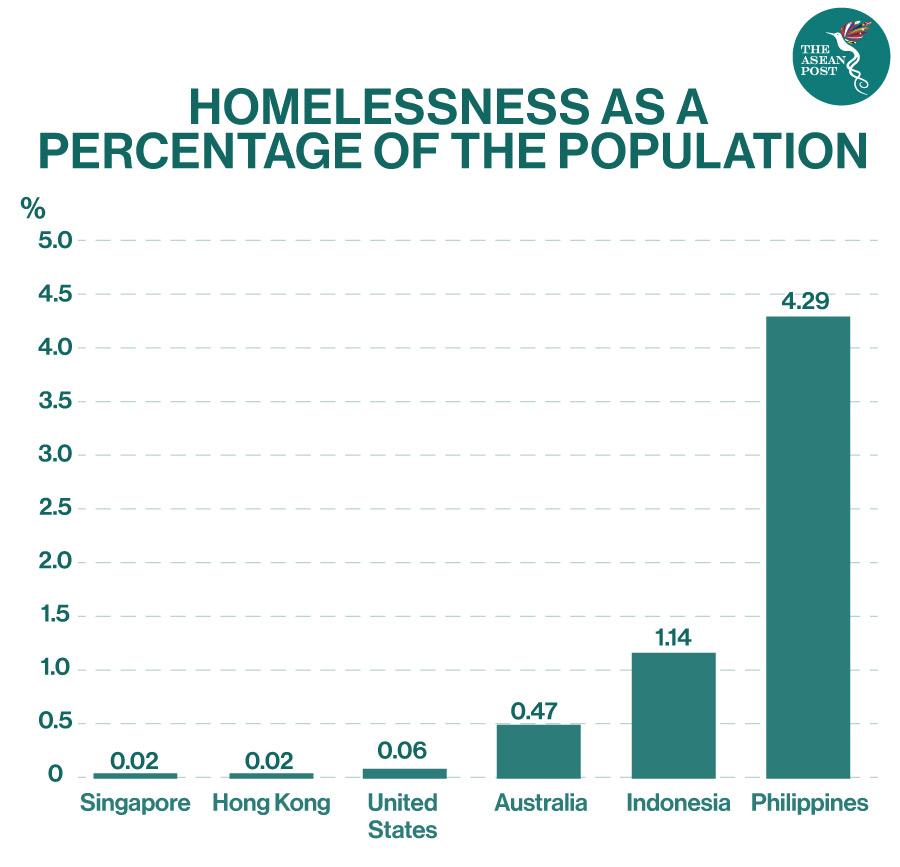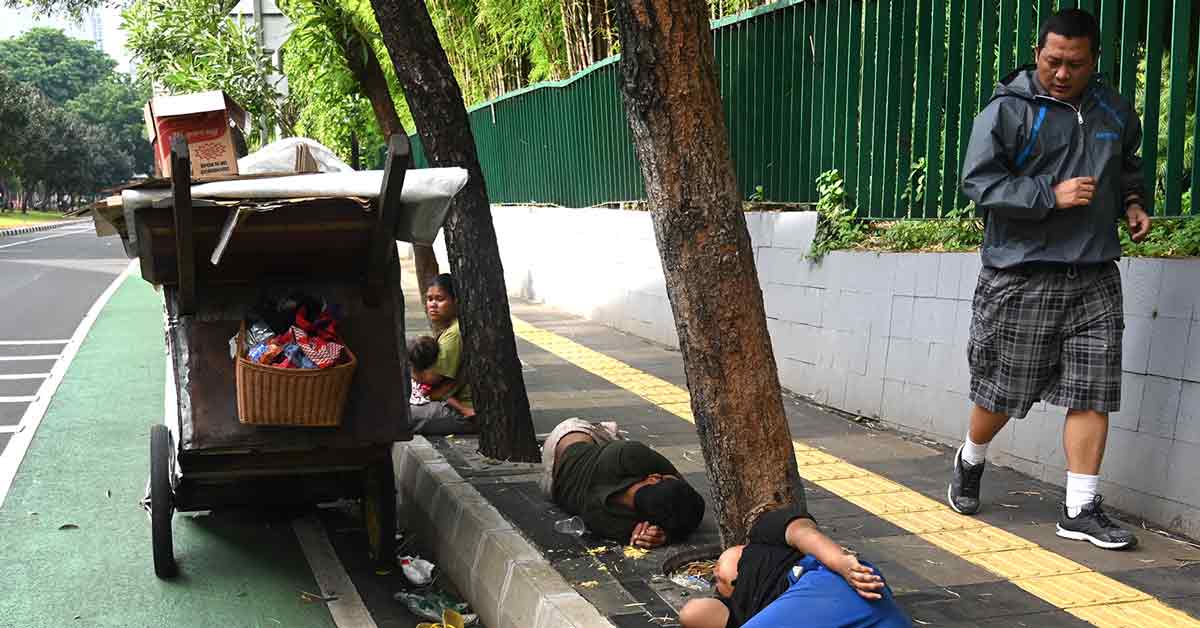Homelessness is typically defined as purely the absence of shelter or a place to sleep. According to The State of Alberta, as quoted in a 2018 report by Think City, a social purpose organisation titled, “Homelessness in Kuala Lumpur,” homelessness is defined as “those who do not have safe, affordable, appropriate, permanent housing to which they can return whenever they choose.”
Whereas the United Nations (UN) describes it as “the situation of an individual or family without stable, permanent, appropriate housing, or the immediate prospect, means and ability of acquiring it.”
“It is the result of systemic or societal barriers, a lack of affordable and appropriate housing, the individual/household’s financial, mental, cognitive, behavioural or physical challenges, and/or racism and discrimination. Most people do not choose to be homeless, and the experience is generally negative, unpleasant, stressful and distressing,” stated the UN.
Drivers of homelessness in developed countries can be linked strongly with unemployment, fractured family relationships and the diminution of the welfare system. However, drivers in the developing world are more complicated and diverse.
Drivers Of Homelessness
Suzanne Speak, a senior lecturer in Planning at Newcastle University published a paper titled, “The State of Homelessness in Developing Countries” which discusses several different causes of homelessness in developing nations.
She argued that the main driver is poverty, especially a failure of rural livelihoods and lack of rural services and opportunities, coupled with the opportunities offered by booming urban development.
“Poverty pushes many people to leave their rural homes, initially temporarily, to seek better economic and social opportunities in cities and towns and send remittances home. It is important to stress that migration itself is not a driver of homelessness, many people migrate but do not become homeless and many homeless people have not migrated,” she said in the report.
Other than that, loss of home or displacement – perhaps due to environmental disasters and the effects of climate change have caused mass destruction of homes and loss of life. For instance, in recent months, ASEAN member states Vietnam and the Philippines have been hit by back-to-back catastrophes.
The Philippines has been slammed by eight different tropical storms since October and recently, three in one week. In early November, Typhoon Goni, the world’s most powerful tropical cyclone this year brought torrential rains, violent winds, mudslides and storm surges to Luzon. It left extensive destruction and damage in its path, affecting two million people in eight regions of the archipelago.
It was then quickly followed by tropical storms Atsani and Etau. Not long after that, the devastating Typhoon Vamco, known locally as Ulysses, swept through central Luzon, flooding tens of thousands of homes in Manila’s low-lying suburbs.

Other drivers mentioned by Speak include eviction, failure of housing provision and unaffordability, and political and legal drivers such as governments’ failure to develop pro-poor development frameworks which means that the poor have unequal access to land for housing.
Closer To Home
Homelessness is not entirely visible in some parts of Southeast Asia. For example, Singapore was the rapacious backdrop for the Hollywood film “Crazy Rich Asians” and has one of the highest rates of homeownership in the world. In 2018, the figure stood at 91 percent. However, there are still up to 1,000 homeless citizens in the island-state sleeping rough every night.
In Malaysia’s stunning capital city of Kuala Lumpur, home to some of the largest malls in Southeast Asia, homelessness too has been observed. The 2017 book co-authored by Carmen Soo and Michelle Yoon titled, “They Took My Shoes” provides a number of personal accounts, recounting tales of the city’s homeless community.
“Migrants from rural areas including East Malaysia are a large group. They arrive in Kuala Lumpur hoping to earn money to send back to their families. Many of them reported a background of family dysfunction. The city’s knowledge and hospitality-based jobs often do not meet their skill set and there seems to be a lack of day labourer jobs,” stated Think City in reference to the book.
Whereas in the Philippines, one of the fastest-growing economies in the region, there are approximately 4.5 million homeless people, including children, said the Borgen Project, an organisation fighting global poverty.
COVID-19 Pandemic
When Malaysia implemented its partial lockdown in order to curb the spread of the coronavirus, over 500 homeless people living on various streets in Kuala Lumpur were housed in several temporary shelters in and near the city. However, as the country eased restrictions, many people have returned to the streets, relying instead on the kindness of strangers to survive.
“The first disbursement was RM500 (US$123), the second round I received RM300 (US$73), all in, I have received RM800 (US$196). But the money is not enough for me to survive,” said one of the city’s homeless when asked about the government’s cash transfer program by local media.
In countries like the Philippines and Thailand, some homeless people have also faced fines or arrest for failing to comply with COVID-19 lockdown restrictions.
Whereas in Indonesia, thousands of people in the capital city are said to be at risk of becoming homeless after losing their livelihoods as a result of the economic impacts of the pandemic. An estimated 35 percent of Jakarta’s residents live in rented homes, and “between 20 and 24 April, we received 71 complaints from Jakartans saying they are struggling to pay their rent,” said Elisa Sutanudjaja, executive director of the Rujak Center for Urban Studies.
In a pandemic where social distancing, staying indoors and frequent handwashing are crucial preventive measures, how does one “stay home” if they are homeless?
“Housing has become the front line defense against the coronavirus,” said Leilani Farha, special rapporteur of the UN. “Home has rarely been more of a life-or-death situation.”
Related Articles:
